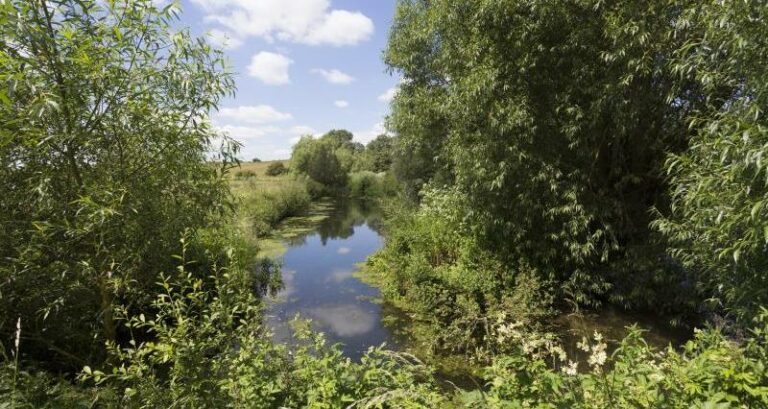Three key farmland bird species increased in number over a five-year period in response to an agri-environment scheme (AES), according to a study by the RSPB.
Yellowhammers, house sparrows and tree sparrows rose in abundance in farms taking part in the project across east County Down. Yellowhammers – a red-listed species (a bird of high conservation concern) which had been in sharp decline – were up by an impressive 78% between 2006 and 2011. Yet yellowhammer numbers continue to decline in the wider countryside where measures are not in place.
With the opening this week of the Environmental Farming Scheme (EFS), RSPB NI is encouraging farmers to sign up for this scheme that compensates landowners for undertaking work to enhance biodiversity and water quality.
EFS, administered by the Department of Agriculture, the Environment and Rural Affairs (DAERA), is open to all active farmers who have management control of at least three hectares of eligible farmland. Key options in EFS highlighted by RSPB NI are provision of winter feed crop for wild birds, retention of winter stubble, creation of arable margins and creation of pollinator margins.
The RSPB farmland bird study, the first of its kind to be carried out on the island of Ireland, included face-to-face advisory work and showed that AES land management can improve the population status of farmland bird species. As well as the surge in yellowhammer numbers on farms taking part in the AES, house sparrows were up 46% and tree sparrows up 207% in the five-year period.
Kendrew Colhoun, RSPB Senior Conservation Scientist, said: “Our study was designed to evaluate whether the last AES options led to increases in the priority species the options were targeted at – and our conclusion was a resounding ‘yes’.
“We see the EFS as a critical component as part of our work to maintain biodiversity across the countryside in Northern Ireland. Our study provides unequivocal evidence that AES can deliver for key species if the correct mix of EFS options (such as ones to provide summer and winter food and nesting habitat) are targeted to the right places and coupled with advice.”
The study assessed whether changes in the abundance of priority farmland bird species differed over a five-year period between farms under AES management and a similar sample of farms not subject to the management. It was conducted in County Down, one of the last remaining areas of lowland mixed arable farmland in Northern Ireland. Three target species (house sparrows, tree sparrows and yellowhammers) showed more positive increases in abundance on the AES farms.
Prior to the current EFS being made available last year, there had been a couple of years without an available AES and this will have had a negative impact on species including the yellowhammer.
Farmer Jack Kelly, who has a farm outside Downpatrick, has employed a range of wider options on his land – including wild bird cover, overwintering stubbles, rough grass margins, pollen and nectar margins, annual wildflower margins, native hedging and a hay meadow.
Jack Kelly said: “The agri-environmental scheme has been beneficial for us, providing the opportunity to help wildlife on areas of our land which may not be as productive as other areas. We were able to utilise field margins or awkward corners and turn them into havens for wildlife. The overwintered stubbles and wild bird cover plot provides my family and myself with a great spectacle over the winter when hundreds of birds come to feed on the seed. It works well within our farming practices and we would encourage other farmers to make the most of the EFS.”
Sean Woods, RSPB NI Conservation Advisor added: “The opening of the wider EFS provides the opportunity for farmers to help some of our most important species such as the yellowhammer, while receiving a financial reward. Many of our iconic farmland wildlife species rely on farmers utilising measures such as those found in the scheme. We are urging as many farmers as possible to enter EFS to help nature thrive on their land and we would also like to thank the forty-plus farmers that took part in the original research project.”


